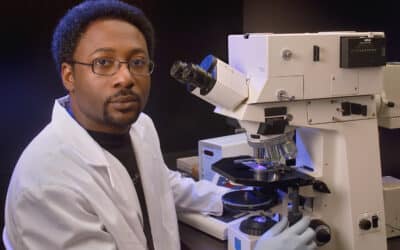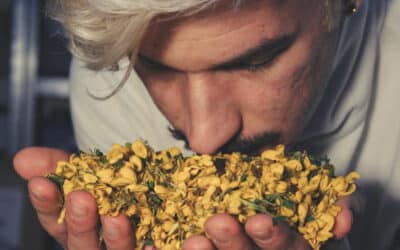Did you know that food safety testing also involves helping sick animals? It may sound surprising but the field is a lot broader than most people think.
The sphere of food safety that deals with animal health is called diagnostic and veterinary testing. It’s a lot newer than microbiology or chemistry testing. However, it is equally relevant and just as important.
If you work with livestock of any kind, this is important for you to note. In fact, it is even important for those who use animal produce straight from farms. Read on to find out more.
What is diagnostic testing?
In the most basic definition, diagnostics is the process of identifying illness. However, food diagnostics can be done throughout the entire spectrum of the food chain. In other words, it can be done from farmed produce and raw materials to end products. We, however, focus on the early stages of the food chain.
How is this related to food safety?
Diagnostic testing allows you to identify present bacteria and viruses in sick animals. From there it helps veterinarians to diagnose and treat these sick animals. Next, a bacteriology lab – which is related to diagnostic testing – can carry out tests, like the Minimum Inhibitory Concentration antimicrobial test. This allows veterinarians to figure out what dose of an antibiotic is needed to treat the animal.
As you can imagine, sick animals do not make for safe food. If the meat you eat is infected with a disease, it could make you extremely sick. Food poisoning is a major risk here, but there are other risks too.
For example, in April and May 2021, South Africa experienced outbreaks of avian influenza (H5N1) in various poultry farms. As a result, import bans and culls in the sector were implemented. Diagnostic testing can help prevent the spread of such illness.
In addition, if there are consistent outbreaks of illness on farms or in any groups of livestock then food security in the country will decrease.
Which diagnostic and veterinary tests should you consider?
There are a variety of tests that can be done in this sector of food safety. Below we will provide a short description of the main types of tests. This should help you to determine which tests are necessary for you.
- Enzyme Linked Immunosorbent Assay (ELISA)
This test is likely one of the most commonly used testing methods in the diagnostic industry. The test allows you to find hidden allergenic proteins in food. In addition, the test can be used to detect antibodies or antigens for certain diseases and viruses.
- Haemagglutination Inhibition (HI)
The HI test is used for the diagnoses of viruses such an influenza. The method depends on the characteristic of viruses that allows it to absorb red blood cells. While the test can be done on humans, it is commonly carried out in the diagnostic industry on chickens and turkeys.
It is a relatively inexpensive test, and can give you results quickly.
- Rapid Plate Aggulation (RPA)
This test allows you to detect the presence of salmonella antigens in poultry.
- Salmonella testing and Serotyping
In connection to the above point, testing for Salmonella in animals and animal feed is very important. If you’re in the business of livestock, it will affect when you can slaughter.
- Trichinella testing
Trichinellosis can affect both humans and animals. It is a public health risk if not detected.
- Hygiene swabs of the environment
Effective hygiene control is necessary to prevent the spread of foodborne illnesses. By doing swabs on the environments in which foodstuffs are handled, you can prevent contamination.
- Molecular testing
PCR analysis to confirm the presence of viral infections that cause disease in humans and animals eg, COVID analysis on human and surface swabs.
Concluding thoughts
To ensure that animals are healthy means ensuring that people are healthy as a result. As a provider of poultry or any other livestock, it is necessary that you do diagnostic and veterinary testing. It is critical to food safety. Contact Assurecloud to find out more.



